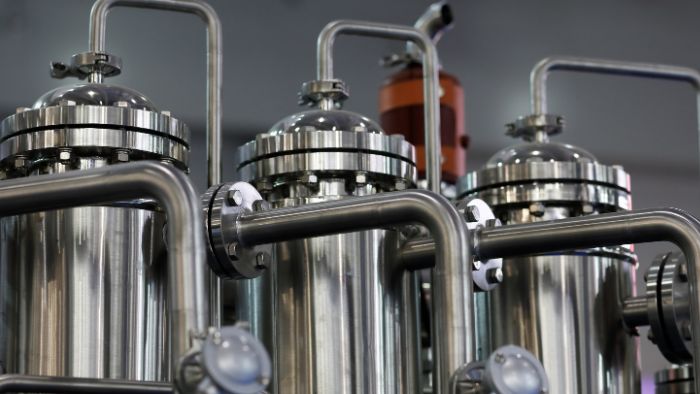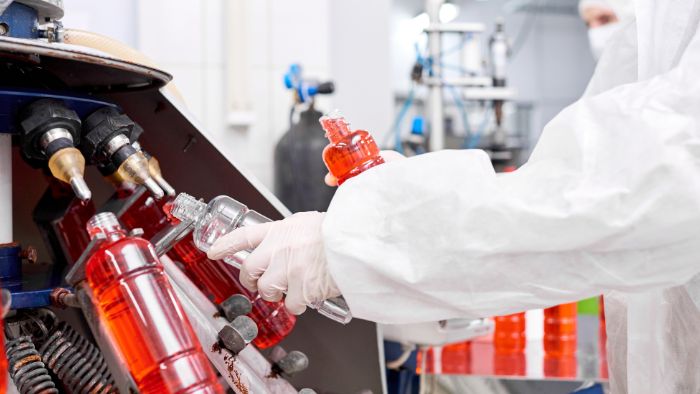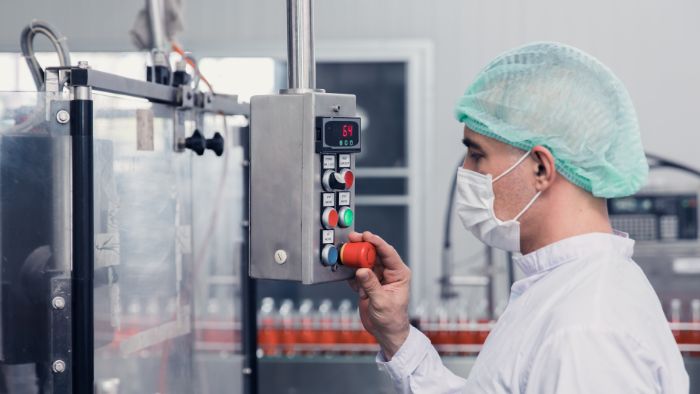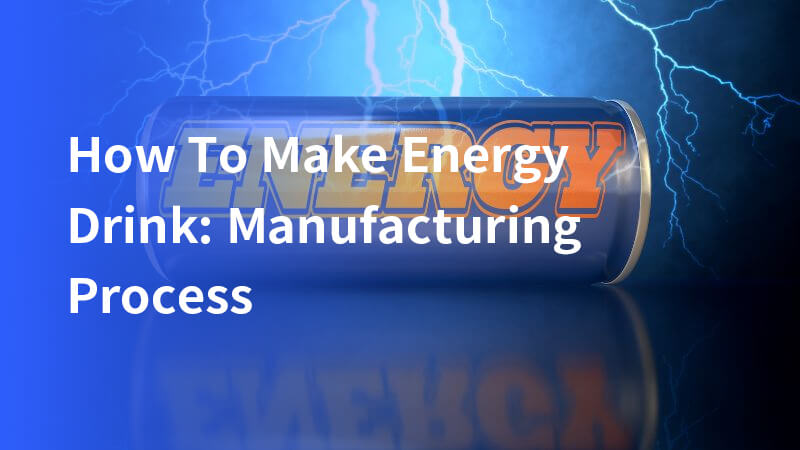Ever wondered how to make energy drink? Energy drinks have become a go-to choice for those needing a boost to navigate their hectic schedules. But the process of crafting these beverages on an industrial scale goes far beyond just blending caffeine and sugar.
In this article, we’ll guide you through the step-by-step process of how energy drinks are made, revealing the fascinating method behind your favorite pick-me-up.
Efficient production of energy drinks
The industrial production of energy drinks necessitates a sophisticated array of equipment. The process commences with the meticulous blending of essential ingredients like caffeine, taurine, and sugar into water within specialized mixing tanks. Once the mixture achieves homogeneity, it undergoes filtration to eliminate any impurities.

Subsequently, the refined mixture is transferred to a holding tank, where it awaits the crucial step of carbonation.
Carbonation stands as a pivotal facet of energy drink production, involving the meticulous infusion of CO2 gas into the liquid under precise pressure conditions. Following carbonation, the beverage passes through pasteurization tunnels to eradicate potentially harmful bacteria.
It then proceeds to the filling stage, where it is meticulously dispensed into cans, bottles, or cartons according to exact specifications set by the manufacturer.
The final stages of the production cycle involve the application of labels and meticulous packaging. Once each container is accurately labeled and securely packed, the finished products are ready for distribution to retail stores and various other outlets. Detailed exploration of the canning and bottling procedures will be covered in subsequent sections of this article.
Pasteurization in energy drink production
Energy drinks, prized for their quick energy boost, undergo a critical pasteurization process to ensure safety before reaching consumers. Pasteurization involves heating the liquid to a precise temperature for a specific duration, effectively eliminating harmful bacteria while preserving the beverage’s flavor and nutritional integrity.
At an industrial scale, heat exchangers play a pivotal role in the pasteurization of energy drinks. These devices facilitate the transfer of thermal energy between fluids without direct contact.
Typically, the beverage passes through a heat exchanger where it is heated to temperatures ranging from 140-150°F (60-65°C) for approximately 30 seconds. The heat exchanger comprises multiple plates or tubes arranged to facilitate efficient heat transfer: one fluid flows through the plates or tubes, while another fluid circulates around them.
This meticulous process ensures uniformity and consistency in energy drinks, maintaining their high quality and safety standards. By eliminating bacteria, pasteurization significantly extends the shelf life of the product, meeting stringent hygiene regulations and consumer expectations for a reliable energy-enhancing beverage.0
Canning and bottling energy drinks
Energy drinks, enjoyed worldwide for their invigorating effects, are crafted by blending a diverse array of ingredients such as caffeine, sugar, taurine, and vitamins. While small-scale production is feasible, industrial production relies on specialized equipment for efficient canning and bottling, pivotal stages in the production process.

Specialized machinery designed for high-volume liquid handling is employed in canning and bottling energy drinks. These systems typically integrate conveyors, bottle fillers, and canning equipment to streamline the filling and sealing of containers. Prior to filling, bottles or cans undergo thorough cleaning and sanitization to uphold product purity.
Precision bottle fillers and canning equipment ensure each container is accurately filled with the energy drink. Capable of filling hundreds of containers per minute, these machines facilitate rapid production without compromising quality. Once filled, containers are sealed to maintain freshness and prevent leakage.
Labeling energy drinks
Labeling energy drinks is a crucial stage in their production, ensuring product identification and compliance with regulatory requirements. This process involves applying labels to cans, round bottles, or cartons after the filling and sealing stages.
Specialized labeling machines are used in the energy drink industry, capable of handling various container sizes and shapes with precision. These machines apply labels accurately and securely to each container, enhancing brand visibility and consumer appeal.

Labels typically include essential information such as product names, ingredients, nutritional facts, and manufacturer details. They may also feature marketing messages or promotional elements to attract consumers.
Ensuring labels adhere securely and uniformly across all products is essential for maintaining product integrity and consumer confidence. Effective labeling practices contribute to a streamlined packaging process, preparing energy drinks for distribution and retail placement.
Conclusion
In exploring the intricate process behind how to make energy drink on an industrial scale, it becomes evident that creating these popular beverages goes far beyond mere ingredient blending. From meticulous mixing and filtration to precise carbonation and pasteurization, each step ensures both quality and safety. Canning and bottling, facilitated by specialized equipment, guarantee efficiency in production without compromising on the integrity of the product.
Moreover, the crucial stage of labeling not only enhances brand visibility but also communicates essential information to consumers. Through these detailed processes, the journey from formulation to distribution underscores the complexity and care involved in meeting consumer demand for a reliable energy-enhancing beverage.
